This 7-move Pilates routine builds core strength and lower-body muscle without weights
Feel stronger in just seven moves — no equipment needed
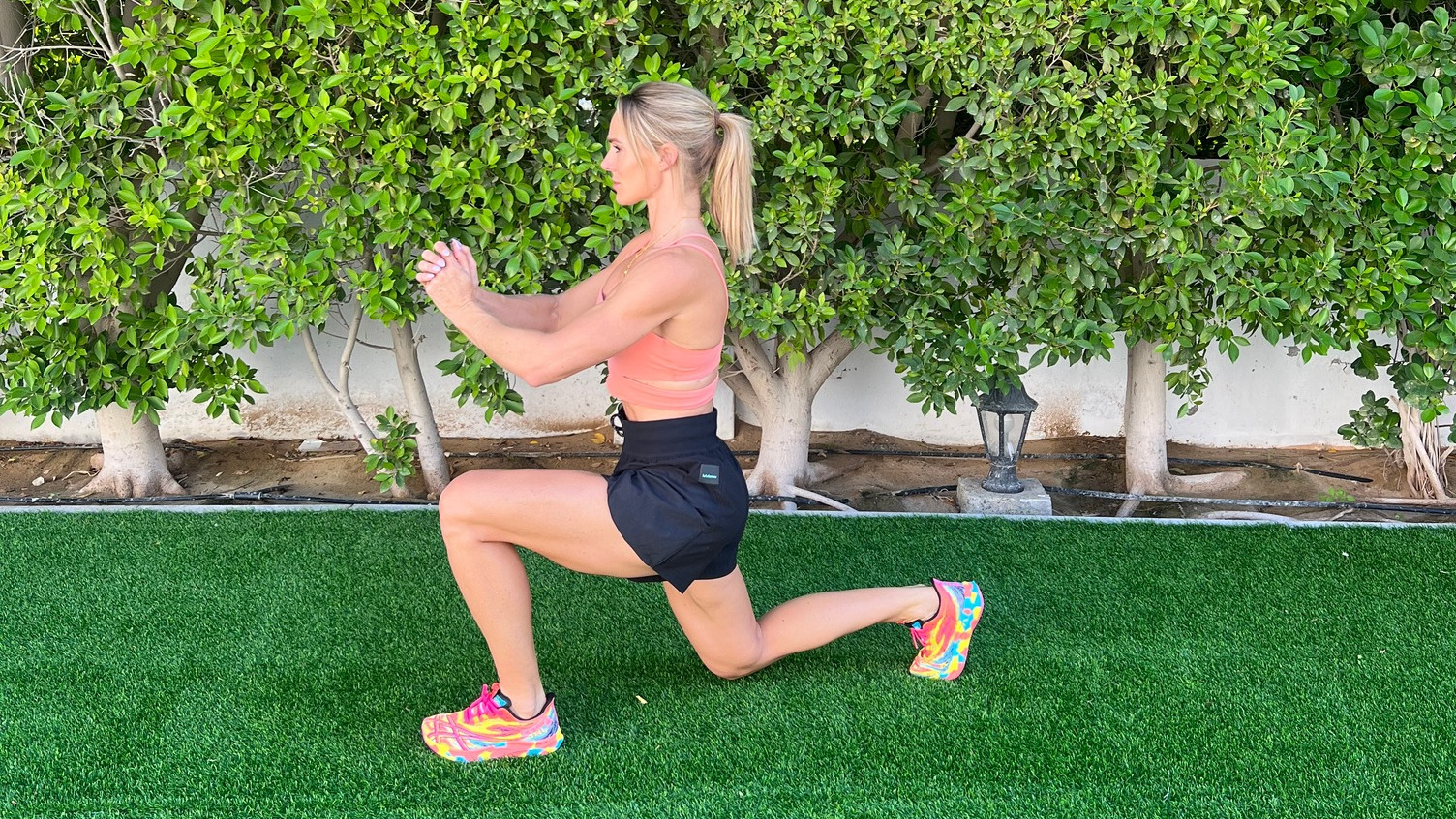
Pilates is a low-impact way to work out, with a focus on building core strength. This is important, as your core connects your upper and lower body, aids your balance, and helps improve your posture.
By rolling out a yoga mat and perfecting the art of this mind-body practice, you can improve your flexibility, increase muscle strength, and create a super strong core. Pilates also has the pretty impressive power to boost your posture and carve out longer, leaner muscles.
One big fan of this holistic exercise is Liz Patient, certified Pilates teacher and founder of Pilates for Runners, who uses this form of fitness to help with her running performance. But no matter whether you consider yourself to be a runner or not, Patient says one of the best things about Pilates is that it’s hugely versatile.
“So you can tailor each workout towards your specific needs, age, and muscle groups you want to target, meaning there really is something for everyone of all abilities,” she adds.
To prove that point, Patient has devised a seven-move Pilates flow to help increase your core strength and work your lower body muscle.
Liz Patient is a certified Pilates instructor and founder of Pilates for Runners. She launched her business after adapting her own Pilates practice to help her move better, feel stronger and stay consistent with her running.
How to do this seven-move Pilates workout
There are many different iterations of Pilates. From wall Pilates to reformer Pilates. But for this workout, Patient has devised a no-equipment-needed mat-based session you can add to your strength training or as a dedicated 25-minute core-focused routine.
This Pilates workout features single-leg exercises that help bolster your balance, promote strength, and correct muscle imbalance. With seven moves in total, the aim is to complete three sets of 12-15 reps on each leg.
Sign up to get the BEST of Tom's Guide direct to your inbox.
Get instant access to breaking news, the hottest reviews, great deals and helpful tips.
1. Lunge back with knee lift
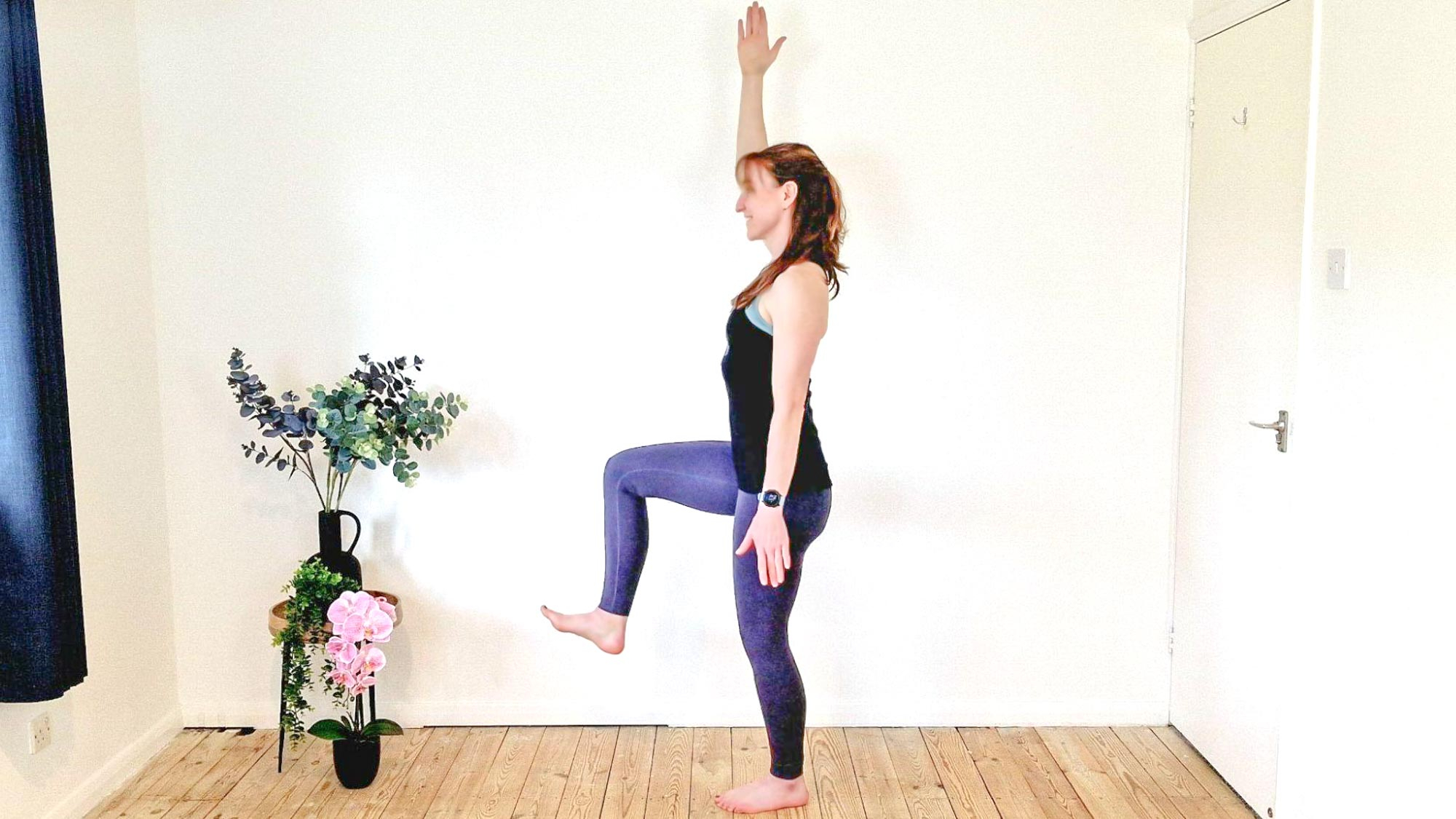
Already know how to do a lunge properly? Well, according to Patient, this move takes things up a notch thanks to the addition of the knee lift. “This builds single-leg, hip, and core strength, as well as improving your balance and stability,” she explains.
- Stand tall then take a big step back with your left leg into a lunge, keeping the majority of weight on your front leg.
- Lower your left knee as close to the floor as possible.
- Then bring the back left leg back up and through, so you finish with the knee lifted in front of you in a balance.
- Repeat this for 12-15 reps before switching legs.
2. Split squat with heel lifted
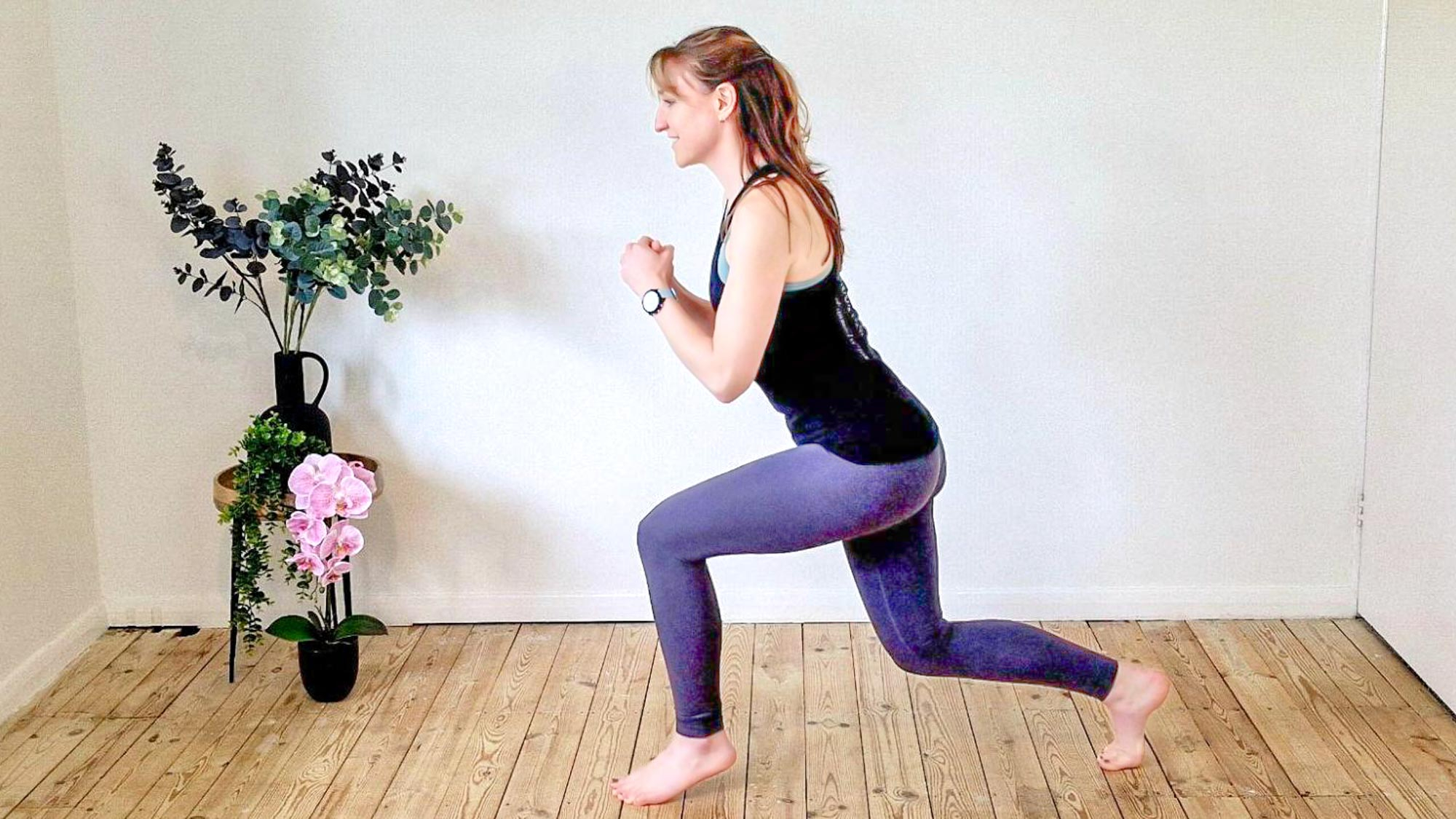
Patient says that this move fosters much-needed calf strength, which is essential for any movements that strain the ankles, like running or walking great distances.
- Standing tall, take a big step forward with your left leg into a split squat position.
- Keeping your back straight, both your front and back knees should be bent at a 90-degree position.
- Slightly hinge forward at the hips so the majority of your weight is in the front leg.
- Lift the heel on the front leg and squat up and down in this position keeping the front heel lifted throughout.
- Repeat this for 12-15 reps before switching legs.
3. Lunge and rotate
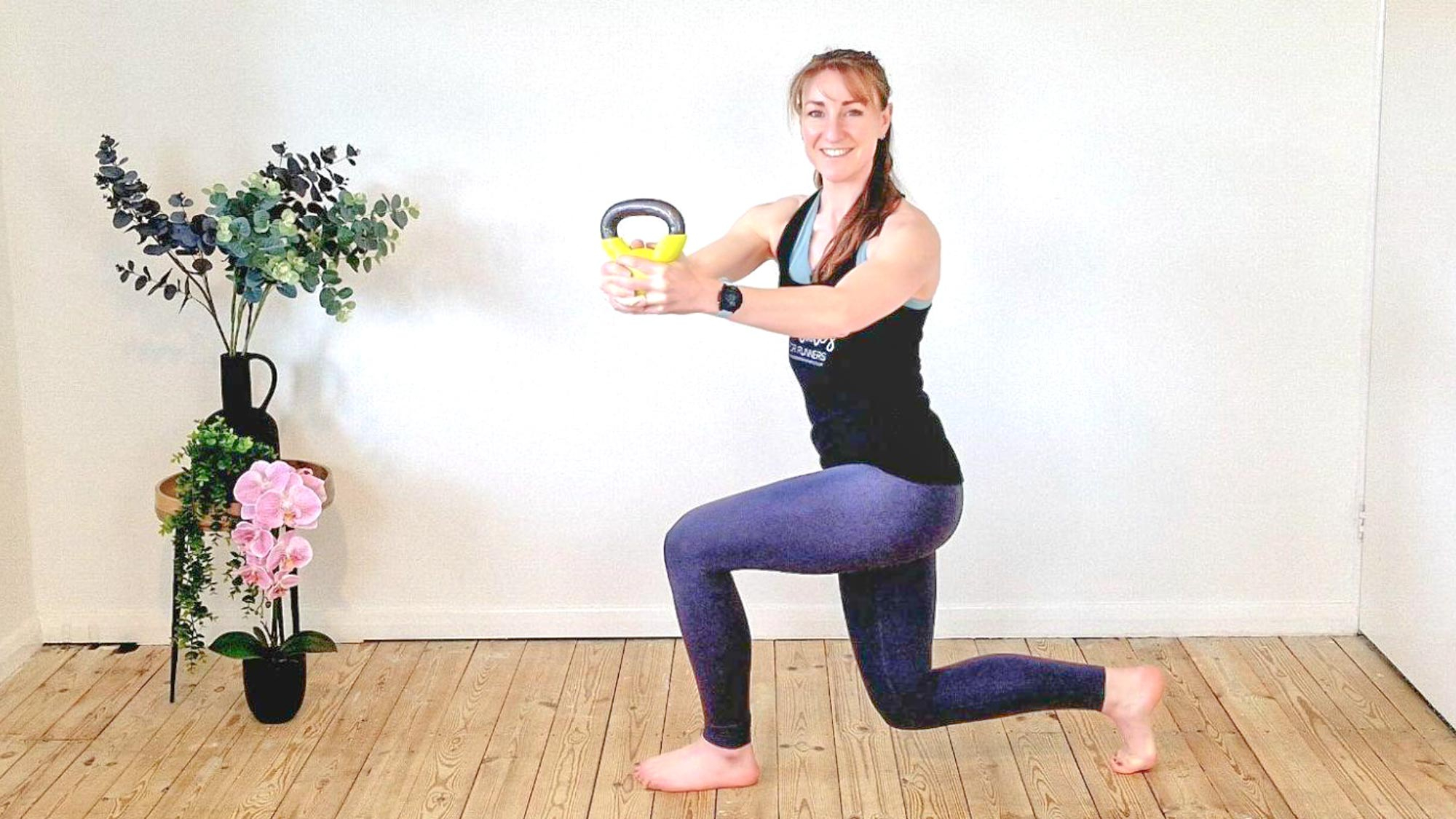
Of course, the best stability ball exercises can help you improve your balance and mobility. The same goes for this rotational move which Patient says will also increase core strength and balance.
Patient recommends holding a kettlebell in both hands for this exercise to keep your core working on your balance, but if you don't have one nearby, you can do the move without it too.
- Holding a kettlebell in both hands, lunge back with your left leg and lower your back knee as close to the floor as possible. Keep your lunge stance to hip distance, no wider, to really challenge your balance and stability.
- Holding the lunge position reach the weight out in front of you then rotate, taking it over the front knee.
- Return the weight in front and then repeat the rotation 12-15 times before switching legs.
4. Single leg hip hinge with rotation
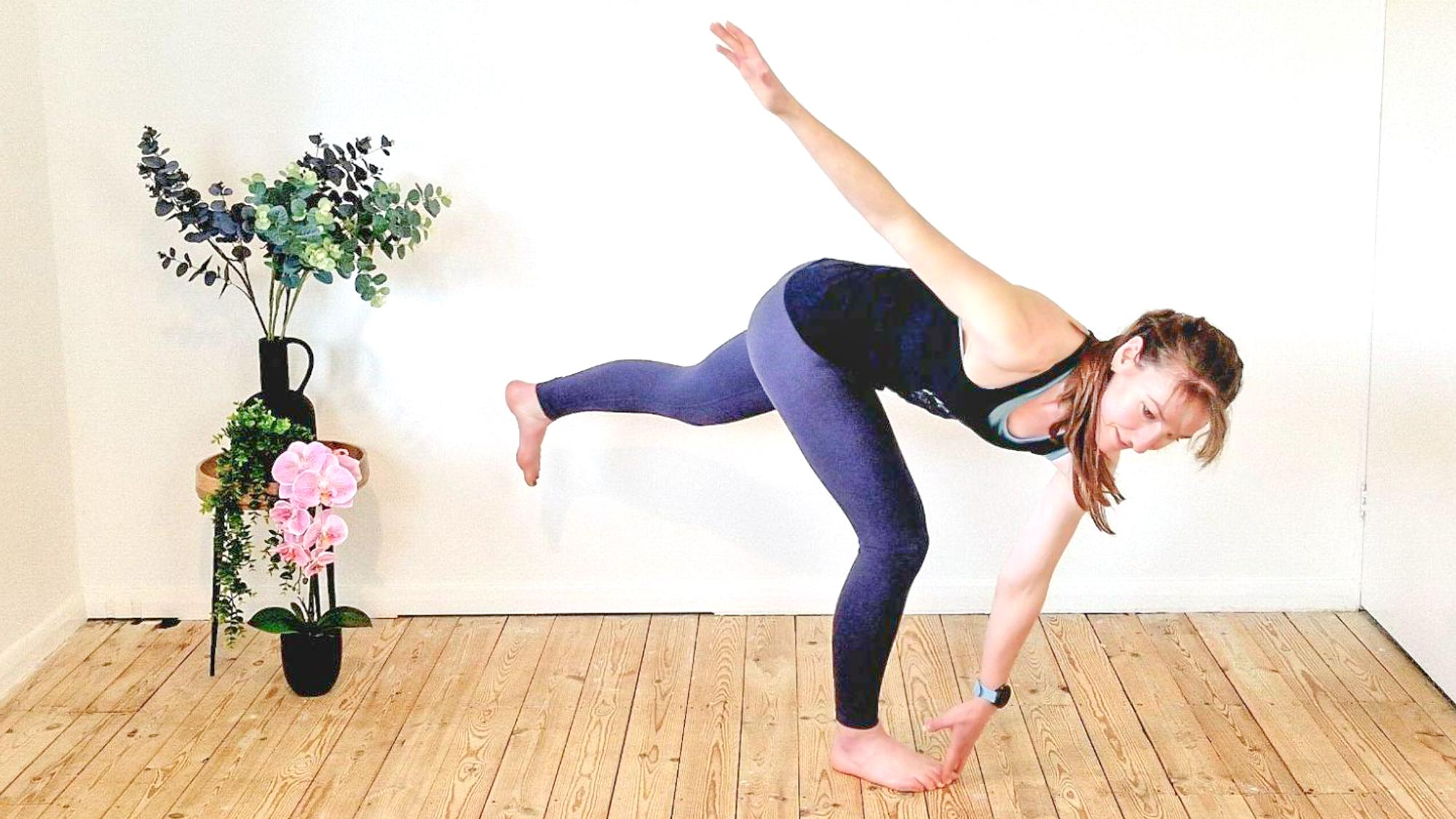
“The single leg work is great for hip, leg, and core strength, and the rotation challenges your balance and stability even more,” Patient says.
- Stand tall and extend your left leg behind you.
- Hinge at the hips, pushing your bottom out behind you as you bring your chest towards the floor, keeping your spine tall.
- As you hinge forward, lift the other leg behind you as high as you can while maintaining your balance.
- Reach the opposite hand towards the foot on the balancing leg.
- Return to standing and repeat this for 12-15 reps before switching sides.
5. Sidekicks
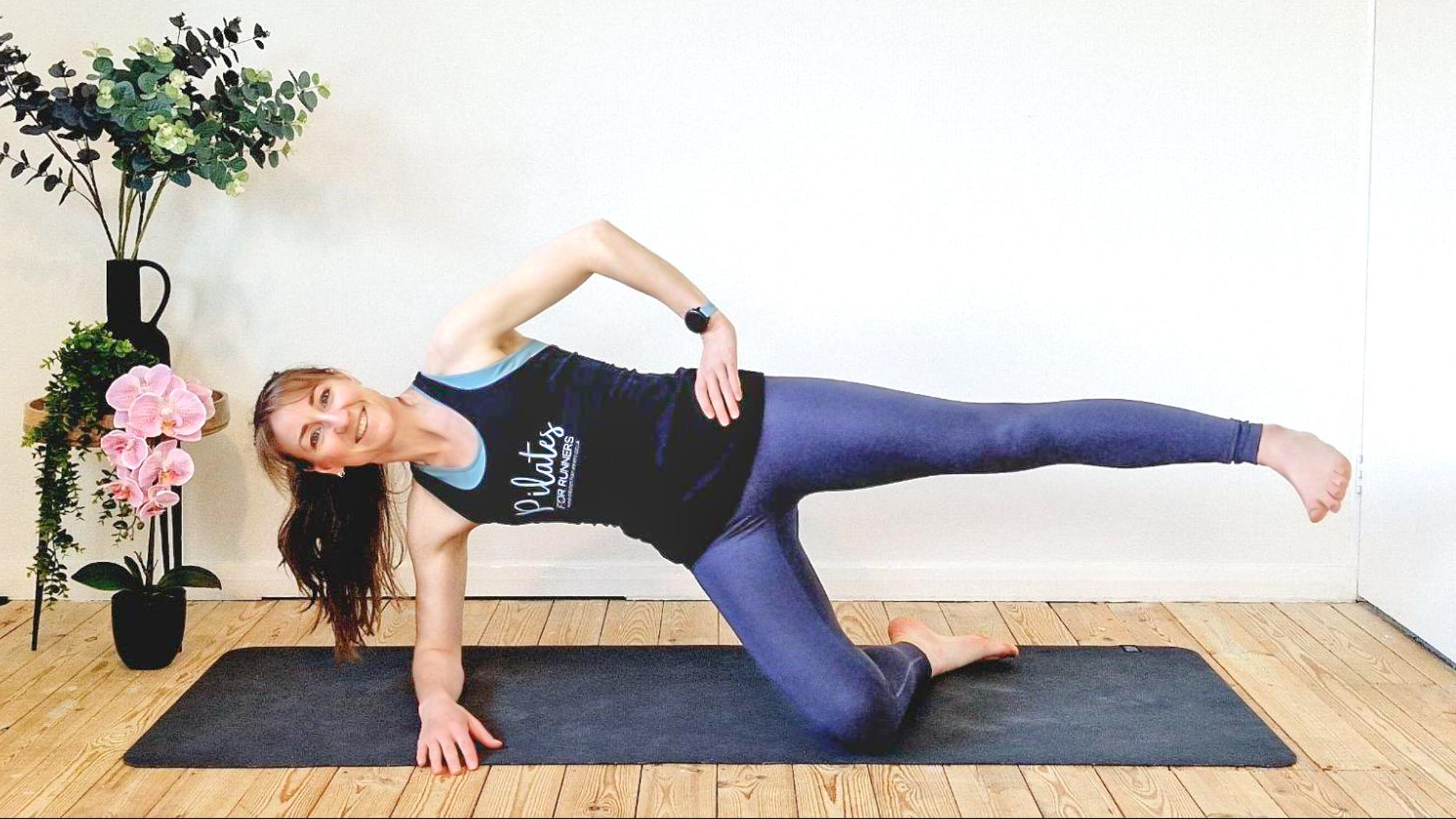
In Pilates, sidekicks help you practice the art of core control while working your quads, glutes, and hips. If you haven’t already, roll out a well-cushioned yoga mat for this lower-body exercise to help protect your joints.
- Lie on your side on your elbow, knees bent. Lift your waist away from the floor and extend your top leg.
- Lift the top leg to hip height to start, then lift it up and back to hip height keeping your waist lifted away from the floor throughout. Don’t let it drop as you move the leg.
- Repeat this for 12-15 reps before switching sides.
6. Single-leg bridge
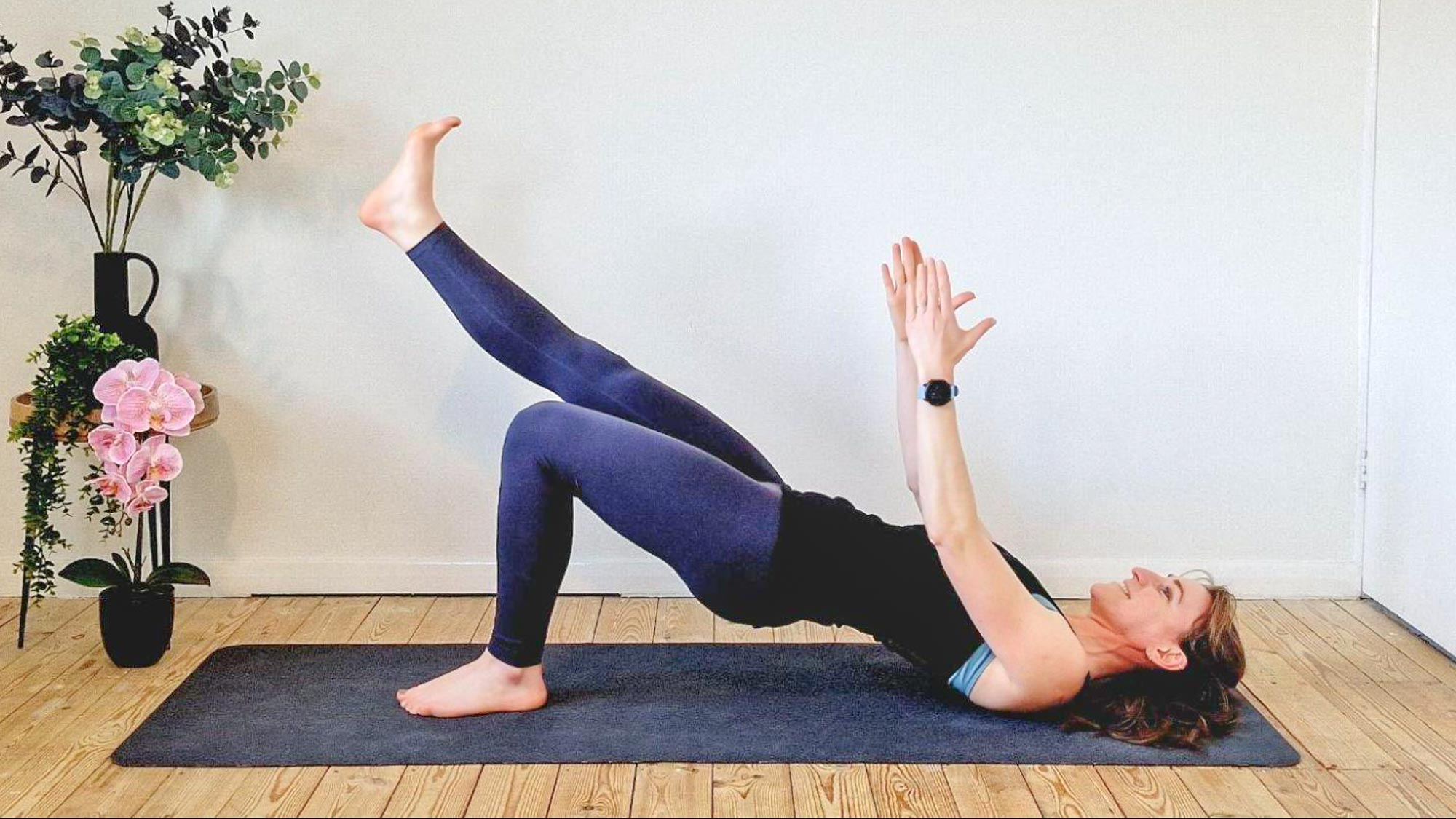
Bridging is a key staple in any Pilates routine. “It builds core, hamstrings, hip, and glute strength,” Patient says.
- Lying on your back with knees bent and hip distance apart.
- Lift one leg so the knee is over the hip. Lift your hips towards the ceiling. Pause and straighten the lifted leg, keeping your hips high and level as you do.
- Bend the leg back in, then slowly lower hips to the floor before repeating for 12-15 reps before switching sides.
7. Around the World
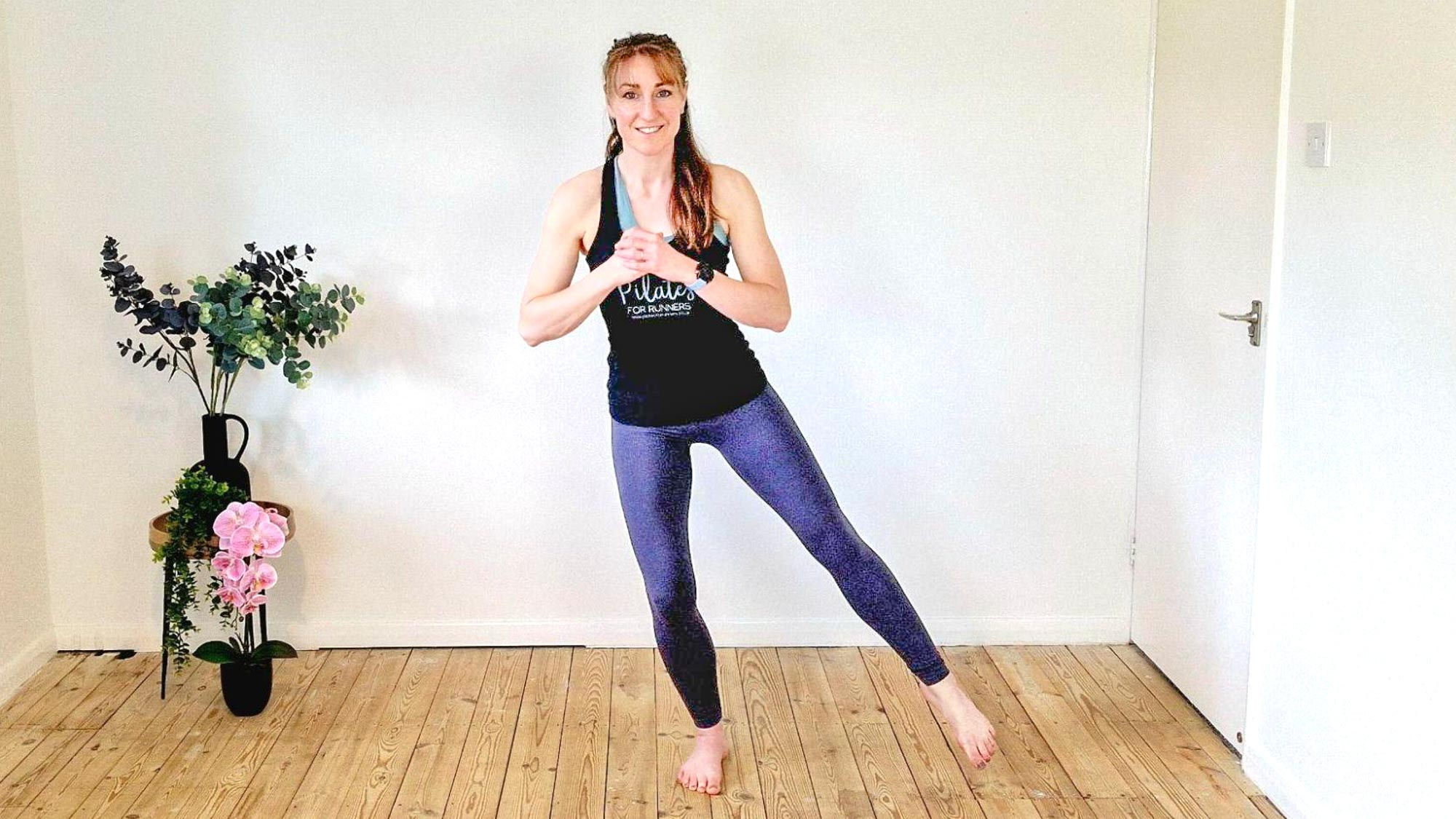
Another exercise that will challenge your single-leg stability is a single-leg around the world. This will see you rotate one leg in front, behind, and out at the side of your body while keeping your standing leg as still as possible. “This exercise works on all those skills while building core, hip, leg, and ankle strength,” Patient explains.
- Standing tall, take one leg out in front of you and tap the floor, then take it out to the side and tap the floor, then behind and tap the floor, then cross it over behind you and tap the floor.
- Try to keep your standing leg and body as still as possible. With your knee directly over your ankle.
- Then reverse the movement and bring it back. Repeat this 12-15 times before switching sides.
More from Tom’s Guide
Becks is a lifestyle journalist who specializes in writing about wellness and home products, from mattresses to weighted blankets and cooling comforters. She has tested a number of mattresses for Tom's Guide, putting them through their paces to see if they stand up to the brand's claims, and offering recommendations as to the type of sleeper they will (and won't) suit.

